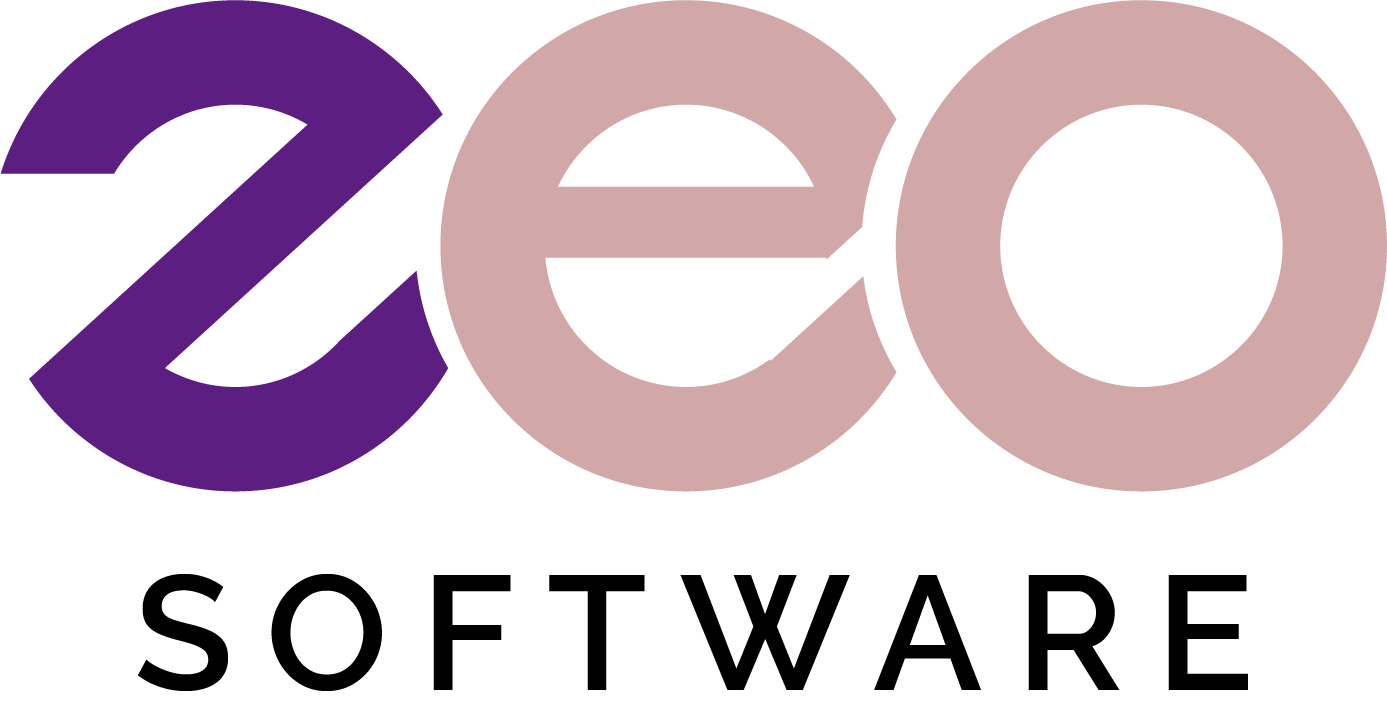Integrating your ERP system with other essential business tools, such as CRM, HR, and finance software, can create a seamless flow of information across your organization, enhancing efficiency and productivity. However, the integration process can be complex and requires careful planning and execution. Here are some tips and tricks to help you achieve seamless ERP integration with other business software.
1. Understand Your Business Processes
Before starting the integration, it’s crucial to have a thorough understanding of your business processes and how different software systems support these processes.
Tips:
- Map out workflows: Document the workflows and data flows between your ERP system and other business tools.
- Identify key integration points: Determine which data and processes need to be integrated to achieve seamless operations.
- Set clear objectives: Define what you aim to achieve with the integration, such as improved data accuracy, streamlined processes, or enhanced reporting capabilities.
2. Choose Compatible Systems
Ensure that the ERP system and other business software you intend to integrate are compatible with each other. This includes checking for compatibility in terms of APIs, data formats, and communication protocols.
Tips:
- Research software capabilities: Verify that the software systems you choose have the necessary integration capabilities.
- Consult vendors: Speak with software vendors to understand integration options and any potential limitations.
- Look for pre-built connectors: Some ERP systems come with pre-built connectors for popular business tools, simplifying the integration process.
3. Use Middleware and Integration Platforms
Middleware and integration platforms can help bridge the gap between different software systems, facilitating seamless data exchange and communication.
Tips:
- Explore integration platforms: Consider using platforms like MuleSoft, Dell Boomi, or Zapier to streamline the integration process.
- Leverage middleware: Middleware solutions can handle data transformation, mapping, and routing between systems.
- Ensure scalability: Choose integration tools that can scale with your business needs and support future integrations.
4. Ensure Data Consistency and Quality
Maintaining data consistency and quality across integrated systems is critical to avoid errors and discrepancies.
Tips:
- Implement data governance: Establish data governance policies to ensure data integrity and consistency.
- Perform data cleansing: Cleanse data before integration to remove duplicates, correct errors, and standardize formats.
- Synchronize data: Use data synchronization techniques to keep data updated and consistent across systems in real time.
5. Plan for Security and Compliance
Security and compliance are paramount when integrating ERP systems with other business software, especially when dealing with sensitive data.
Tips:
- Secure data transmission: Use encryption and secure communication protocols (e.g., HTTPS, SSL/TLS) to protect data during transmission.
- Access control: Implement robust access control measures to ensure that only authorized users can access and modify data.
- Compliance: Ensure that the integration complies with relevant industry regulations and standards (e.g., GDPR, HIPAA).
6. Conduct Thorough Testing
Testing is a crucial phase in the integration process to identify and resolve issues before going live.
Tips:
- Create test scenarios: Develop comprehensive test scenarios that cover all integration points and data flows.
- Perform end-to-end testing: Conduct end-to-end testing to ensure that data flows smoothly and accurately between systems.
- Involve end-users: Involve end-users in the testing process to gather feedback and ensure the integration meets their needs.
7. Provide Training and Support
Training and support are essential to ensure that your team can effectively use the integrated systems.
Tips:
- Develop training programs: Create training programs that cover the integrated workflows and new features.
- Offer ongoing support: Provide ongoing support to address any issues or questions that arise after the integration.
- Document processes: Document the integration processes and provide user guides to help employees navigate the new system.
8. Monitor and Optimize
After the integration is live, continuous monitoring and optimization are necessary to ensure smooth operation and address any issues that arise.
Tips:
- Monitor performance: Regularly monitor the performance of the integrated systems to identify and resolve bottlenecks.
- Gather feedback: Collect feedback from users to identify areas for improvement and make necessary adjustments.
- Optimize workflows: Continuously optimize workflows to enhance efficiency and productivity.
Conclusion
Integrating your ERP system with other business software can bring significant benefits, including improved data accuracy, streamlined processes, and enhanced reporting capabilities. By understanding your business processes, choosing compatible systems, using middleware, ensuring data consistency, prioritizing security, conducting thorough testing, providing training and support, and continuously monitoring and optimizing, you can achieve seamless ERP integration and unlock the full potential of your business tools.
